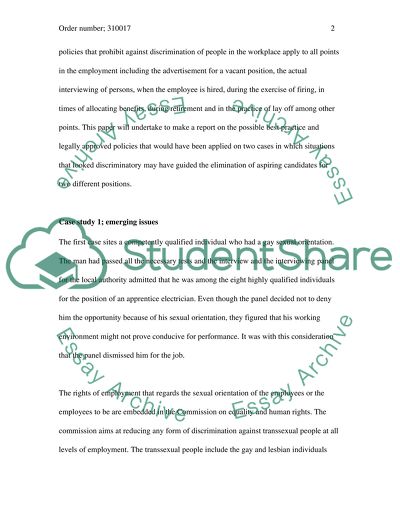Cite this document
(“The Employees Protection Legislation to Ensure that Discrimination is Case Study”, n.d.)
The Employees Protection Legislation to Ensure that Discrimination is Case Study. Retrieved from https://studentshare.org/law/1505012-discrimination-essay
The Employees Protection Legislation to Ensure that Discrimination is Case Study. Retrieved from https://studentshare.org/law/1505012-discrimination-essay
(The Employees Protection Legislation to Ensure That Discrimination Is Case Study)
The Employees Protection Legislation to Ensure That Discrimination Is Case Study. https://studentshare.org/law/1505012-discrimination-essay.
The Employees Protection Legislation to Ensure That Discrimination Is Case Study. https://studentshare.org/law/1505012-discrimination-essay.
“The Employees Protection Legislation to Ensure That Discrimination Is Case Study”, n.d. https://studentshare.org/law/1505012-discrimination-essay.


